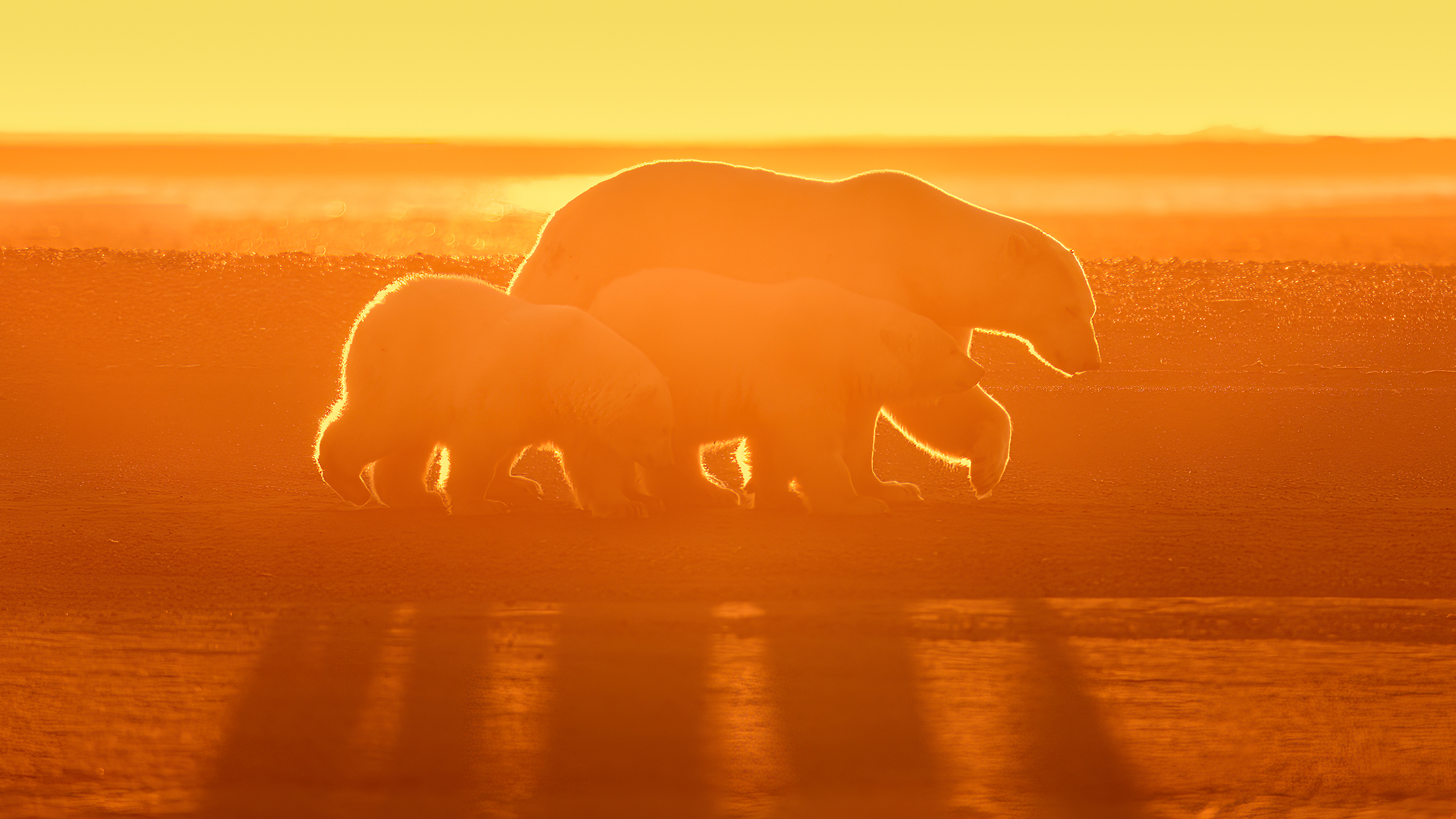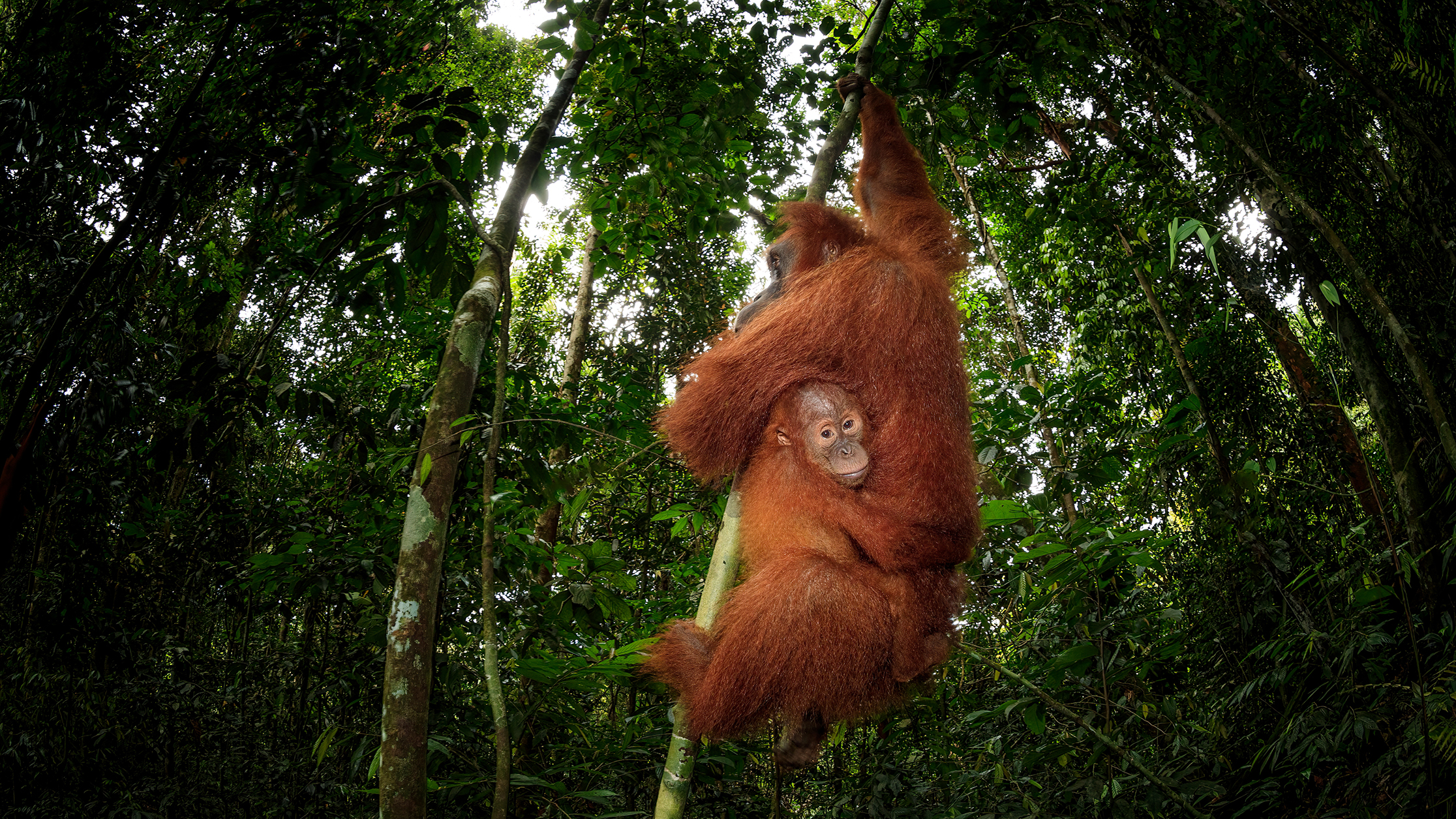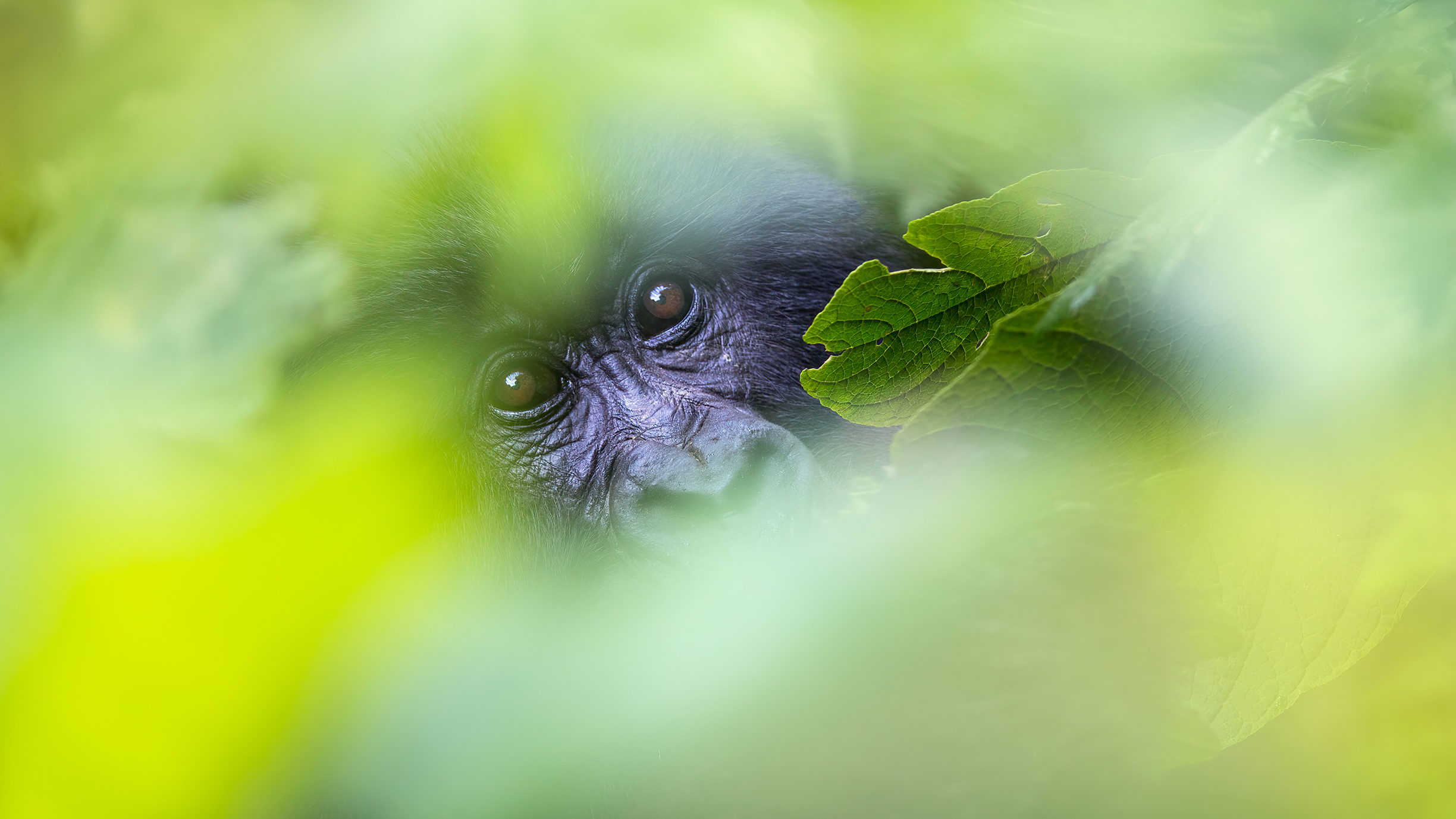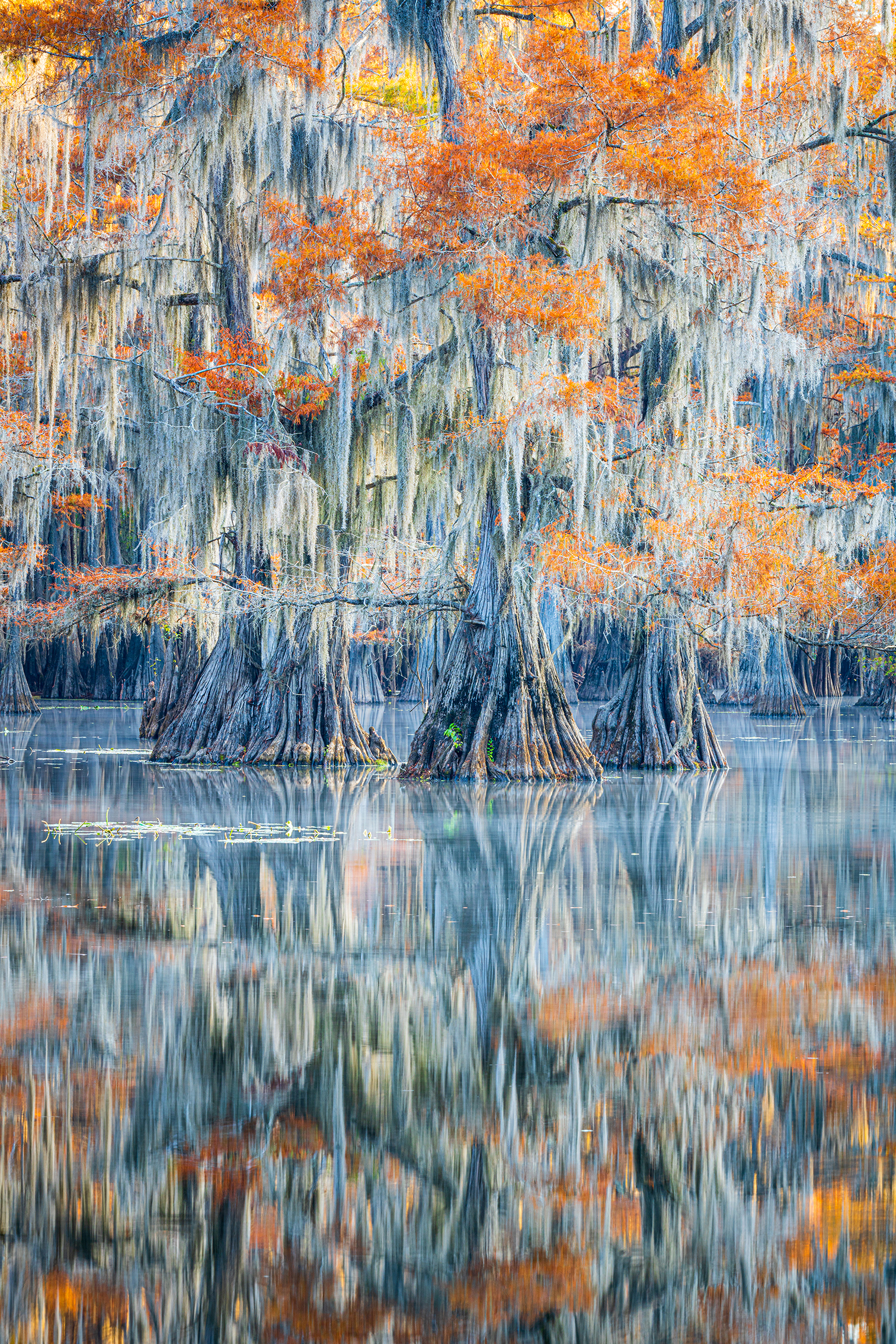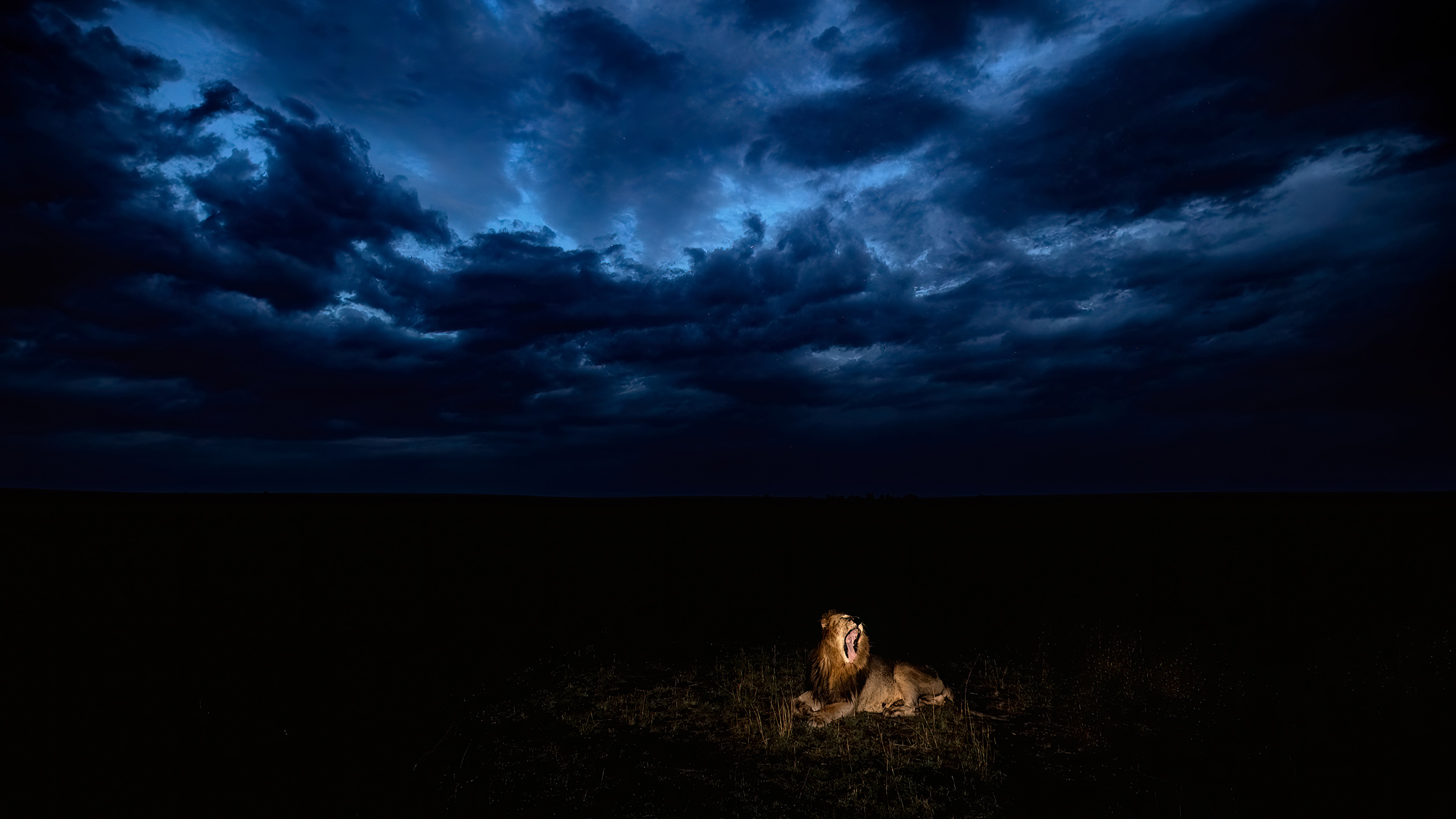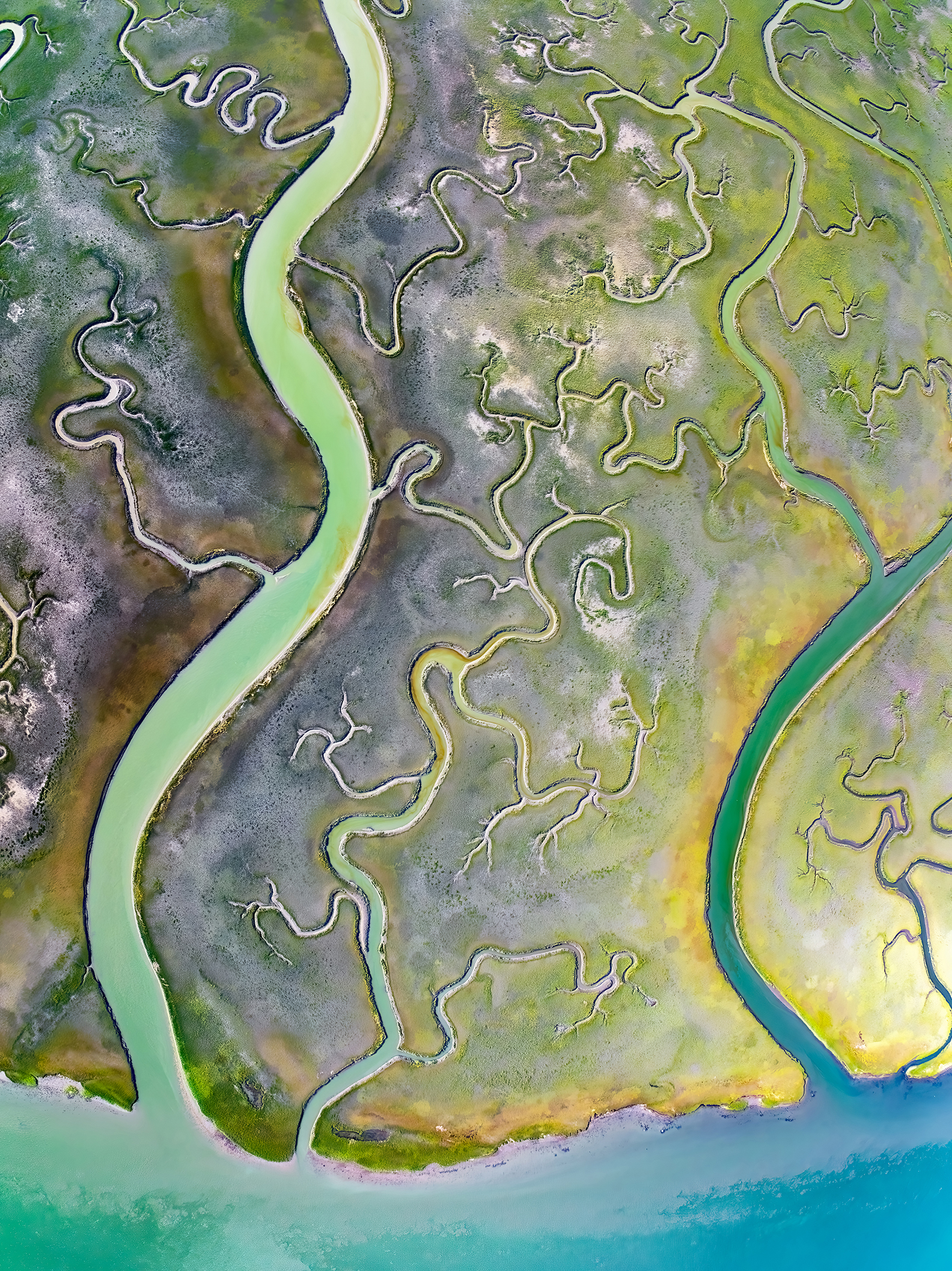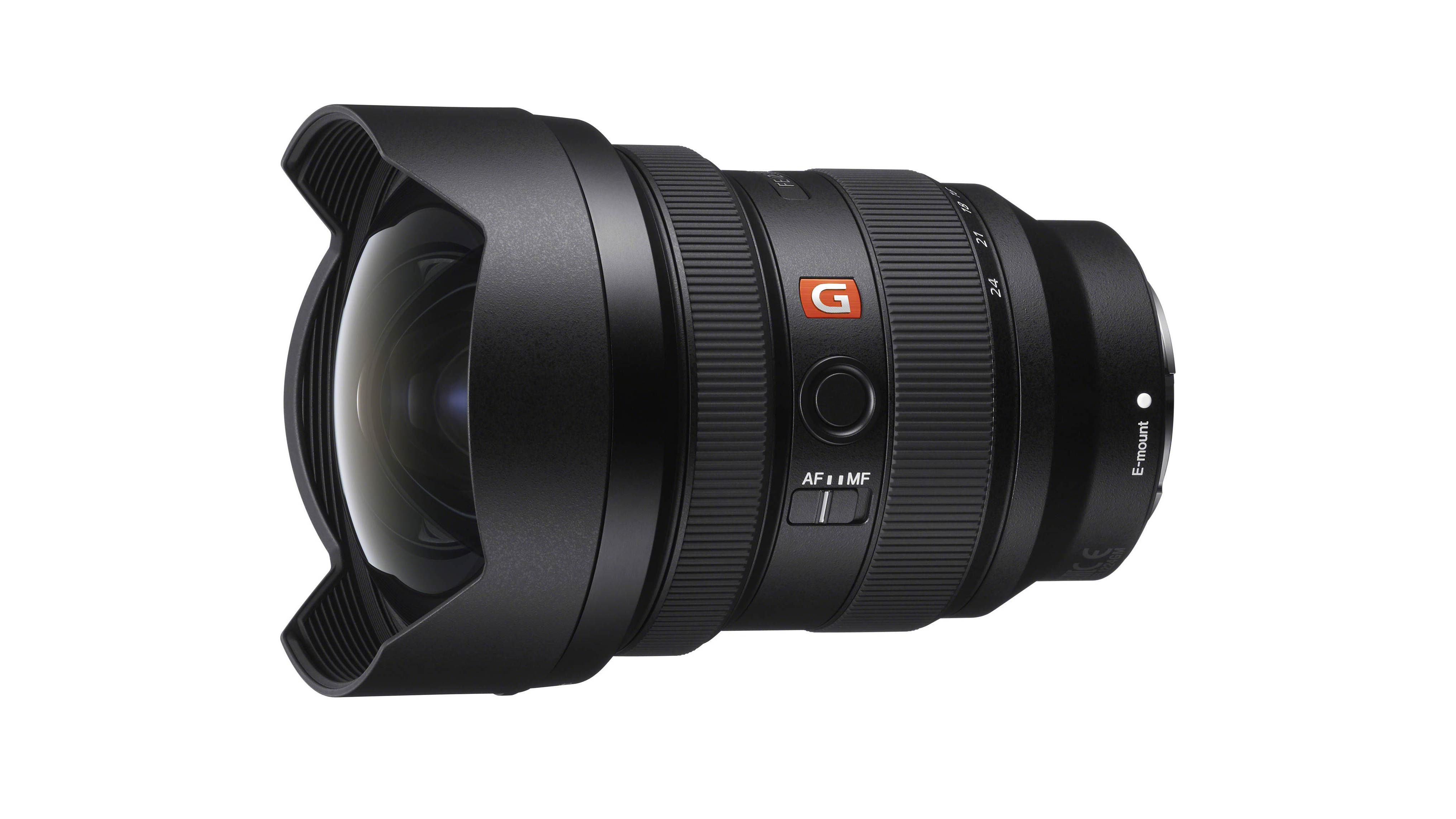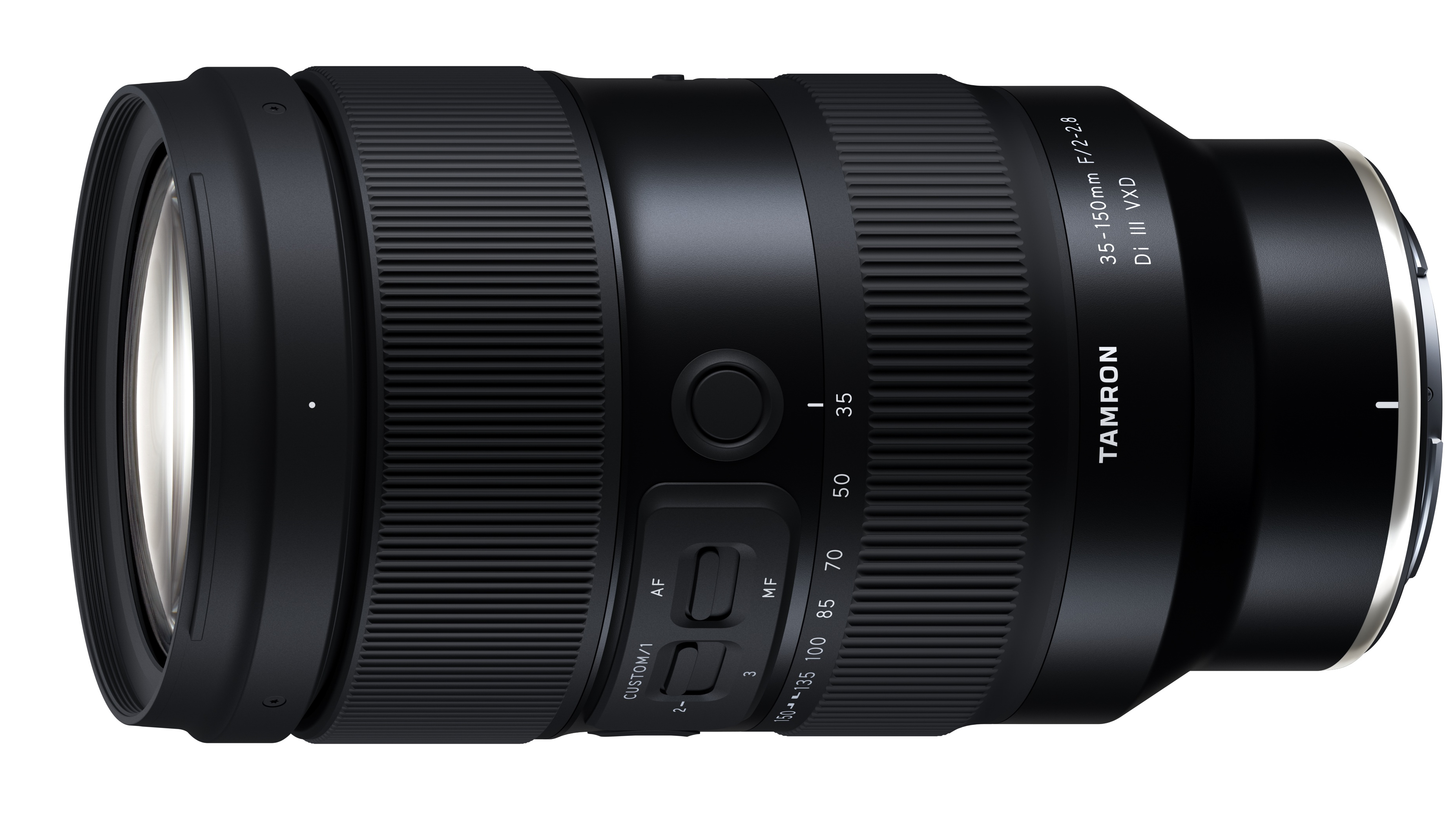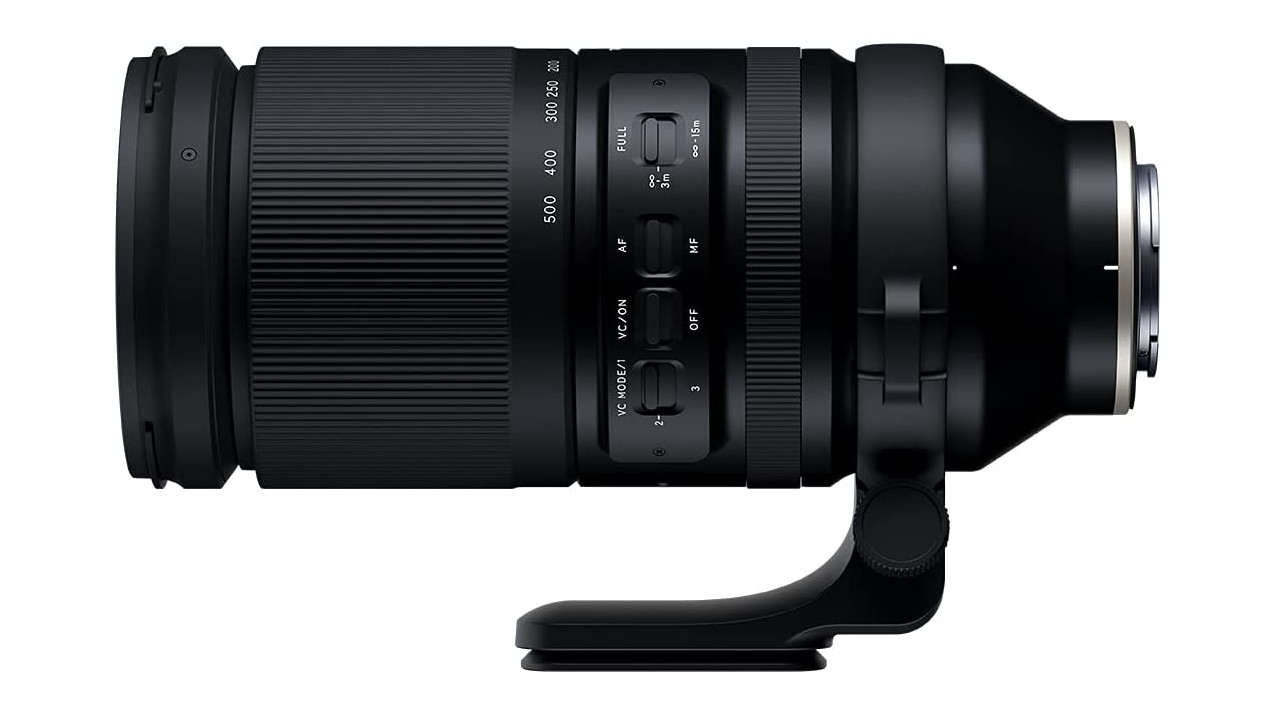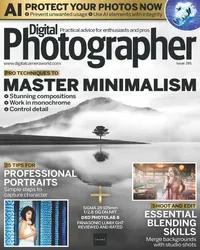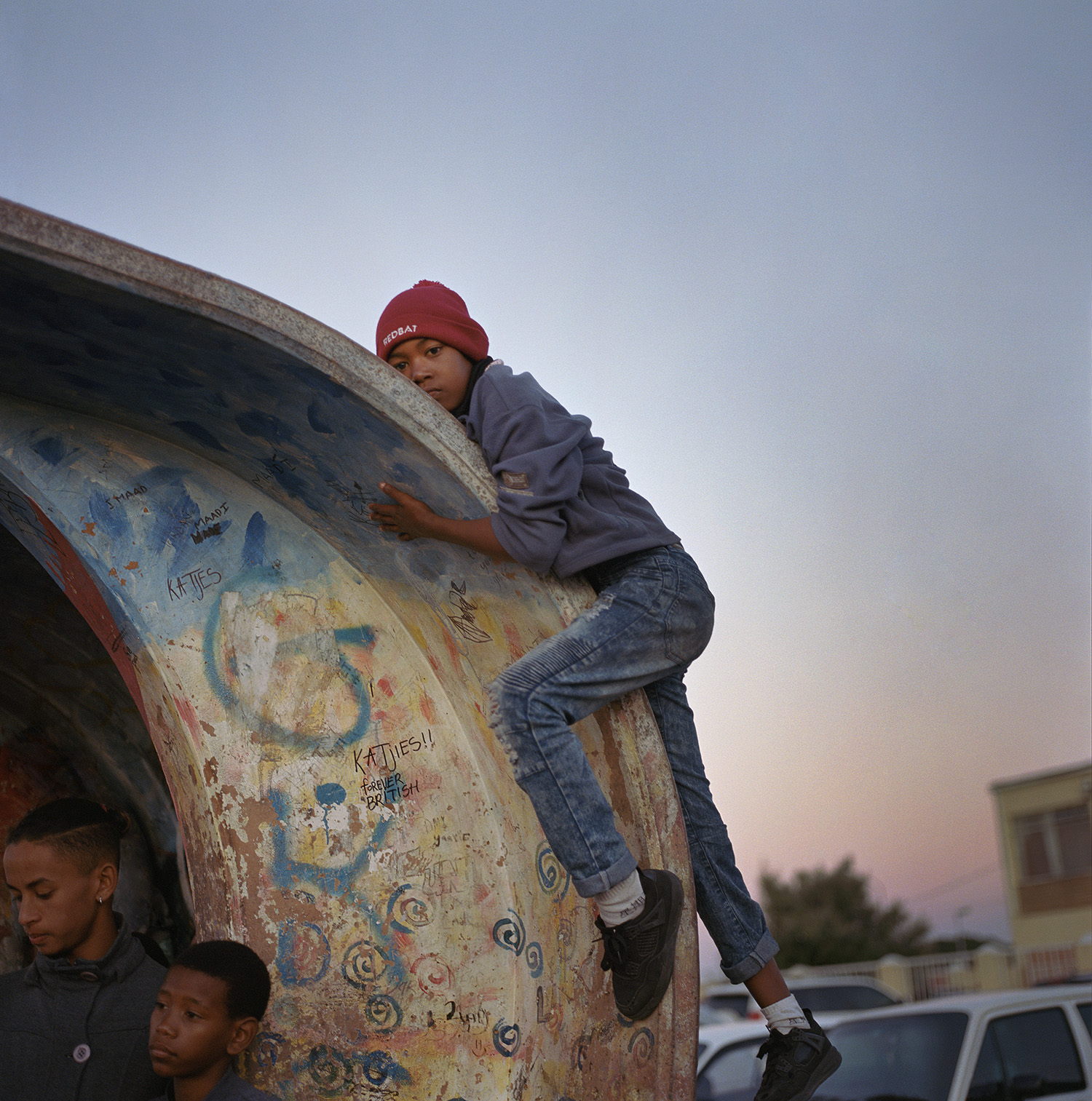"I photographed this lioness gorged on a kill… Every now and then, she glared at me, as if she was sizing up her next meal!"
Ian Plant on making a career change, why reinvention is key and his mission to inspire wildlife conservation
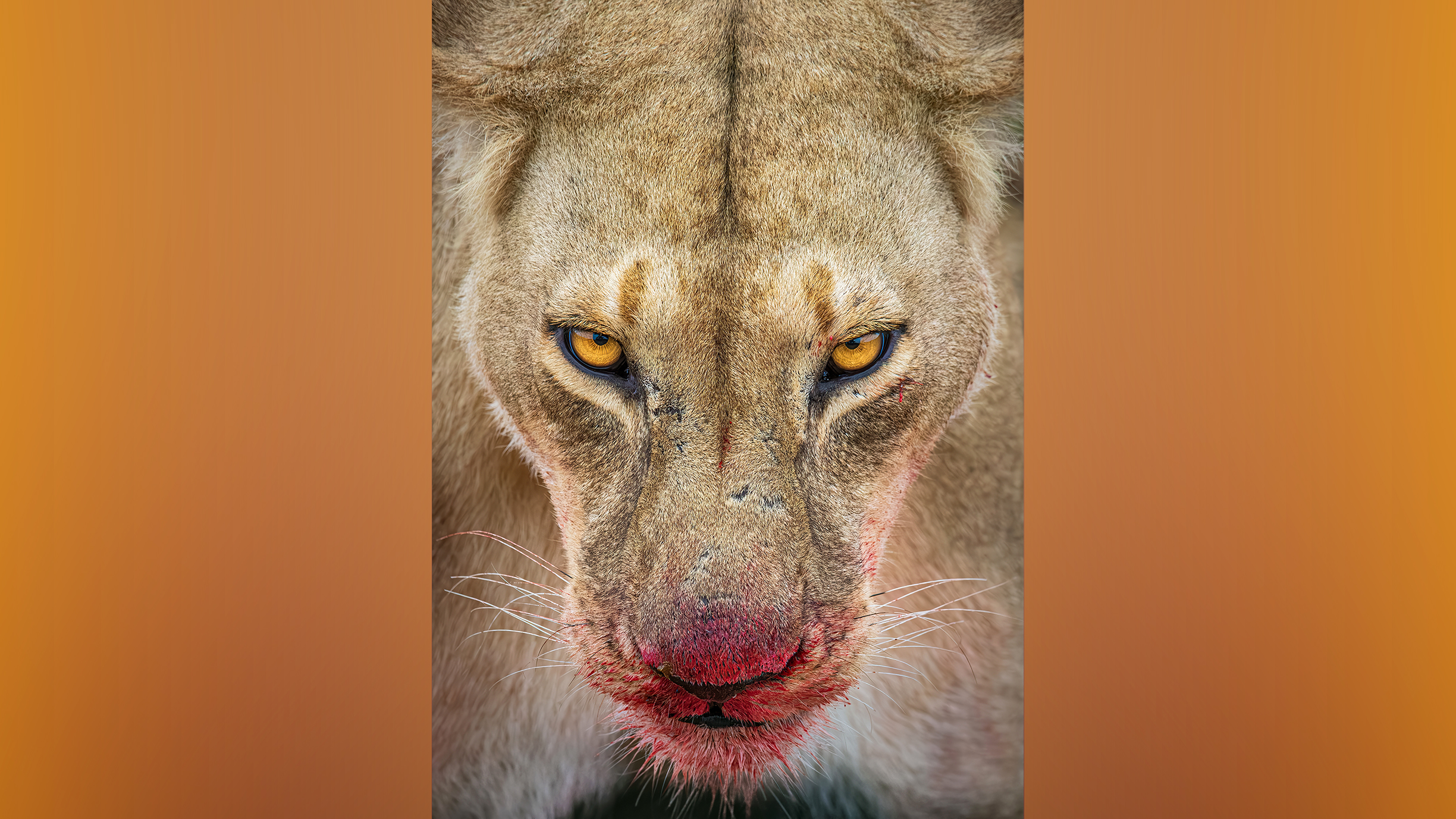
"I can’t draw, paint or carry a tune, but as it turns out, I can press a button with my finger," says Ian Plant just a few minutes into our interview. Considering the impact that his enchanting captures of the natural world have had on millions of viewers around the globe, it’s a surprisingly modest statement.
However, 20 years ago, things were vastly different. At that time, Ian had no interest in the arts and was on track to pursue his chosen career as a lawyer. After earning real money for the first time during his first year of law school in New York City, he decided to treat himself to a camera. "I bought a used Pentax K1000 (an old film camera) at a local camera store. It turned out to be the most expensive purchase of my life," he says.
Ian was captivated – from a hobby, photography soon evolved into a passion, prompting him to leave his legal career and education behind to become a professional photographer. "Of course, I had to pay off that expensive education, so I worked for eight years as a lawyer in Washington DC before taking the plunge," he adds.
Interview
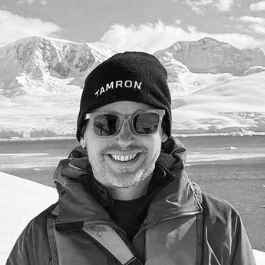
Ian Plant has spent the past two decades traveling the globe in his never-ending quest to capture the beauty of our world with his camera. Ian is not only the author of dozens of books and instructional videos but also an instructor for KelbyOne and founder of Photo Masters, a site dedicated to photography education and inspiration.
What was the turning point that made you decide to leave your career as a lawyer and pursue photography full-time?
I just reached a point when it became obvious that the life I had and the life I wanted were too far apart. During my eight years as a lawyer, my passion for photography continued to evolve and grow until it began to overwhelm everything else. I just knew that I couldn’t ride both horses at once, so I needed to make a choice. Photography easily won and I’ve never once regretted my decision.
What advice do you have for people who may be considering a major career change into photography but are hesitant to take the first step?
That hesitation is a good thing. The photography industry is much more challenging now than it was 20 years ago when I took the plunge. A career in photography is still worth exploring but now more than ever, it is good to have a backup plan, just in case things don’t work out. Don’t burn your bridges behind you.
How do you approach reinvention in your photography and what impact has it had on your artistic evolution?
I view reinvention not just as a pragmatic business strategy but also as an artistic imperative. To grow as an artist, you must always be willing to try new things. For me, however, the expansion of my portfolio didn’t happen as part of any grand plan, it happened because I was more interested in chasing good photos than in maintaining fidelity to a certain style or genre.
With photography, it is a good idea to accept what’s offered to you and the more I traveled the more I expanded my portfolio, growing with the opportunities presented to me. It’s the shots you miss that will haunt you, and whenever I think of the great photos I declined to take because they 'weren’t my thing'... that’s what I regret the most, setting arbitrary limits on my artistic expression.
Photography is all about capturing those fleeting moments when shape, light and story converge to produce something transcendent and beautiful. Those moments happen all the time, but if you limit yourself to only specific genres, then you’re going to miss a lot of the magic that this world has to offer.
So which genre of photography do you currently find most enjoyable and engaging?
I could say that I love it all equally, but I must admit that in recent years, I’ve been especially enjoying aerial photography with a drone. Too many locations have been overwhelmed with hordes of photographers and it often seems as though it has all been done before and Instagrammed to death. But an aerial perspective offers a bold new frontier. I feel that with my drone, it is easier for me to create images that are unique and personal.
Your 'Chromatic Desolation' project showcases the diverse array of colors present in deserts worldwide. What preparations did you need to make before shooting these uninhabited landscapes?
Luckily, living in the United States gives me access to some of the most amazing desert landscapes in the world. We’ve got an extensive 4x4 road and trail system that makes exploration of our deserts feasible. Still, you must take extra precautions when you know you are going to be in the wilderness, 30 miles from anywhere with no phone reception, and you might not see another soul for a week.
Extra food and water, camping gear and recovery equipment are necessary and a travel companion who has their own 4x4 vehicle is also a good idea. If I’m traveling alone, I’ll bring a satellite phone, just in case. When I’m traveling to remote desert locations outside the USA, I work with local guides and outfitters to ensure that I get to great locations safely.
You describe capturing predators as an intense experience. Can you elaborate on this feeling and have you ever encountered a dangerous situation?
I’ve had some interesting wildlife encounters but, luckily, I’ve never been in any real danger. Wild animals are unpredictable, however, so even when you do everything right, there’s always a chance that things can go badly. It’s best to always prioritize safety to protect yourself and to avoid provoking or stressing your animal subjects. Most of the time when photographing big predators in the wild, I am doing so from the safety of a vehicle, like when on safari in Africa, or when I have photographed polar bears from a boat.
Still, even when protected by several tons of metal, you can’t help but feel a primal response when seeing a bear or lion on the hunt. These are powerful animals that can easily tear a human apart, and there’s always a visceral part of you that instinctively knows this. I try to inject this feeling into my photographs to give the viewer a vicarious thrill. Telling a story is especially important in wildlife photography, so it is important to be attuned to the emotions of the moment.
How do you approach the ethical considerations of photographing sensitive or endangered subjects, and what responsibilities do you believe photographers have here?
Endangered species are at risk because of poaching, habitat loss and other challenges. Photographers are rarely the problem but they can be part of the solution. Some endangered species have benefited greatly from the protection and resources provided by tourism, and photographers are a critical part of making that happen.
A great example is mountain gorillas, which have growing populations largely because of the creation of conservation-oriented tourism dedicated to offering people a chance to see and photograph gorillas in the wild. Particularly sensitive species should only be photographed under expert guidance or supervision; once again, mountain gorillas are a good example, you can’t just go off into the wild alone to photograph gorillas, you are always accompanied by professional guides and trackers who have the responsibility of ensuring that the animals stay safe. But generally, wildlife photos inspire the public and that inspiration fuels conservation efforts. It’s important to keep in mind when thinking about the ethics of wildlife photography.
That said, when photographing any wildlife, endangered or otherwise, it is important to minimize any potential negative impact on your subjects, of course. Part of this concern is purely ethical, but part of it is also practical: a relaxed animal will offer more and better photo opportunities.
Can you take us behind the scenes of your series showcasing the, as you described, ‘otherworldly’ appearing Cypress Bayous?
Bald cypress trees thrive in swamps and there are plenty found in the southern part of the United States. In autumn, bald cypress leaves turn yellow, orange and red before falling off the trees. The mix of autumnal colors and wispy Spanish moss gives the cypress swamps a haunted look.
During the past few autumns, I have traveled to the Big Cypress Bayou in Texas to photograph the extensive cypress swamps found there. You can do some photography from the land, but nothing beats taking a boat to explore the hidden and remote parts of the swamp. When taking photos, I especially like getting to the places that other people don’t go to, which means I spend a lot of time getting into the often-overlooked nooks and crannies of wild places. I like to immerse myself in the landscape and get lost in it - figuratively speaking, of course, I’ve been lost for real a few times and it is no fun!
What drives your strong focus on photography education and the establishment of Photo Masters?
I love sharing my passion for the art of photography. Too often, photographers are obsessed with gear and digital darkroom tricks, but I believe that true photography mastery is found in the creative choices you make before pressing the shutter button.
That’s what Photo Masters is all about, it is a vehicle for me to share everything I have learned during my 20 years as a professional photographer and to introduce my audience to other pros who can inspire and teach them. Sure, we talk about the gear and processing stuff from time to time, but my focus is on the creative use of composition and light, and telling a story through the magic of the moment. The American photographer Ansel Adams once famously said that there’s nothing worse than a sharp image of a fuzzy concept; my mission is to help photographers sharpen their concepts and fully explore their own unique creative visions.
Are there upcoming projects or goals that you are excited about in your photography career?
It is always a good idea to have a few personal projects or 'self-assignments'. The focus that a project gives you will help supercharge your artistic growth. One creative project I’ve been working on that I’ve been especially enjoying is taking abstract aerial photos of salt marshes. This has been a wonderful project, as it is exactly the kind of thing I love to do as a photographer: show people something they haven’t seen before. From our normal ground-based perspective, salt marshes don’t look all that interesting: the scenery is flat and consists only of water and marsh grass. But from the air, beautiful shapes, patterns and colors are revealed. These are compositions that have never been photographed before, making me feel like a creative pioneer, which is the best feeling you can have as an artist. My favorite marsh photos are featured in my Weave of Water portfolio on my personal website, but this is a work in progress and I add more images whenever I get a chance.
Ian’s kit picks
Sony FE 12-24mm f/2.8 GM lens
"I love wide-angle photography – the wider the better! This stunning lens allows me to go ultra-wide."
Tamron 35-150mm f/2-2.8 Di III VXD lens
"To me, this is the perfect ‘in-between’ lens, covering a focal range that I never knew I needed until Tamron built it. I find this lens to be perfect for my intimate landscape photos, as well as close encounters with wildlife."
Tamron 150-500mm f/5-6.7 Di III VC VXD lens
"This relatively lightweight telephoto zoom is my primary lens for wildlife photography."
Fotopro X-Aircross Carbon Fiber Tripod
"This compact travel tripod weighs less than 1kg (2lbs). I use it whenever I’m traveling or hiking, it weighs next to nothing and it is sufficiently sturdy for most of my landscape and travel needs."
The best camera deals, reviews, product advice, and unmissable photography news, direct to your inbox!
Get the best magazine for enthusiast and pro photographers delivered to your door or device with a subscription to Digital Photographer. Learn the hottest photo trends and techniques while getting essential advice on earning cash from your photography.

Kim is a photographer, editor and writer with work published internationally. She holds a Master's degree in Photography and Media and was formerly Technique Editor at Digital Photographer, focusing on the art and science of photography. Blending technical expertise with visual insight, Kim explores photography's time-honored yet ever-evolving role in culture. Through her features, tutorials, and gear reviews, she aims to encourage readers to explore the medium more deeply and embrace its full creative potential.
